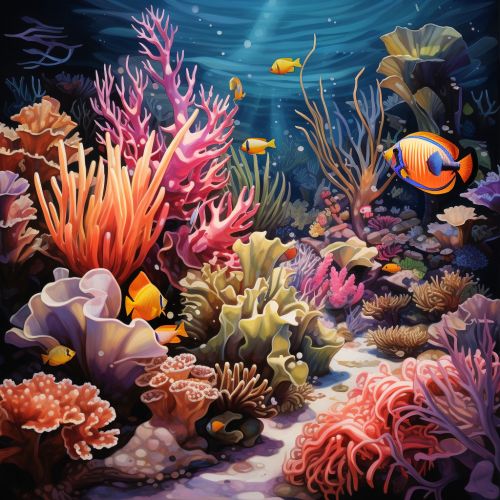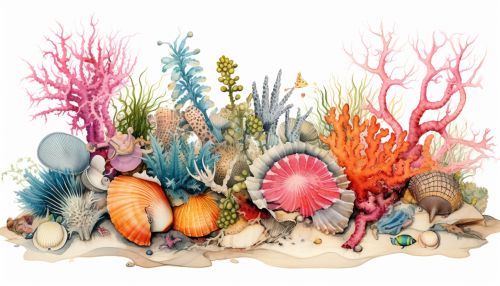Functional Morphology of Feeding Mechanisms in Marine Invertebrates
Introduction
Functional morphology refers to the study of the relationship between the structure and function of an organism's morphological features. In the context of marine invertebrates, this study becomes particularly intriguing due to the diverse feeding mechanisms these organisms employ. This article delves into the functional morphology of feeding mechanisms in marine invertebrates, providing a detailed and comprehensive analysis of the subject.


Feeding Mechanisms in Marine Invertebrates
Marine invertebrates, a group of organisms that include sponges, cnidarians, mollusks, echinoderms, and arthropods, exhibit a wide range of feeding mechanisms. These mechanisms are intricately tied to their morphological features and are a result of millions of years of evolutionary adaptation.
Filter Feeding
Filter feeding is a common feeding strategy among marine invertebrates such as sponges and bivalve mollusks. These organisms filter out plankton and other small particles from the water column for nourishment. The functional morphology of filter feeders is characterized by specialized structures that facilitate the capture and ingestion of food particles. For instance, sponges possess a complex system of canals and chambers lined with flagellated cells called choanocytes, which generate water currents and capture food particles.
Predatory Feeding
Predatory feeding is another prevalent feeding mechanism among marine invertebrates. Predatory invertebrates like certain species of mollusks and arthropods have evolved specialized structures for capturing and subduing their prey. For example, the cephalopods, a group of mollusks that includes octopuses and squids, have beak-like jaws and tentacles equipped with suckers or hooks for capturing prey.
Deposit Feeding
Deposit feeding is a feeding strategy where invertebrates consume organic matter from the sediment. This is common among many marine worms and some echinoderms. The functional morphology of deposit feeders often includes structures for sifting through sediment and extracting nutrients. For example, many species of polychaetes, a group of marine worms, have specialized feeding appendages and a complex gut for processing sediment.
Evolution of Feeding Mechanisms
The evolution of feeding mechanisms in marine invertebrates is a fascinating area of study. It provides insights into how these organisms have adapted to their environments and how they have influenced marine ecosystems over geological time scales. The diversity of feeding mechanisms in marine invertebrates is a testament to the power of natural selection and the plasticity of biological systems.
Impact on Ecosystems
The feeding mechanisms of marine invertebrates have significant implications for marine ecosystems. By influencing the flow of energy and nutrients, these organisms play a crucial role in shaping the structure and function of marine communities. For instance, filter feeders can significantly influence water clarity and nutrient cycling, while predatory invertebrates can regulate prey populations and maintain biodiversity.
Conclusion
The functional morphology of feeding mechanisms in marine invertebrates is a complex and fascinating subject. It provides a window into the diversity and adaptability of life in the marine environment. By studying these mechanisms, we can gain a deeper understanding of the intricate relationships between form, function, and environment in the biological world.
